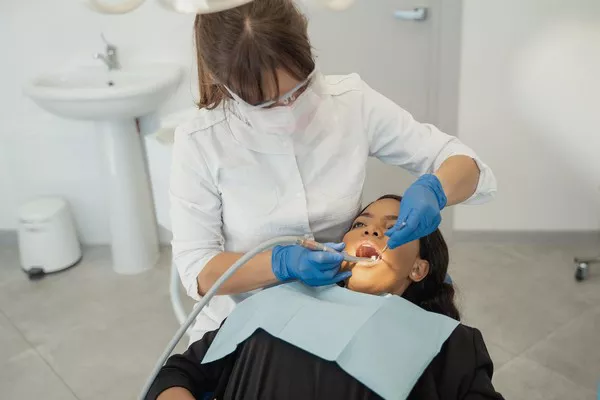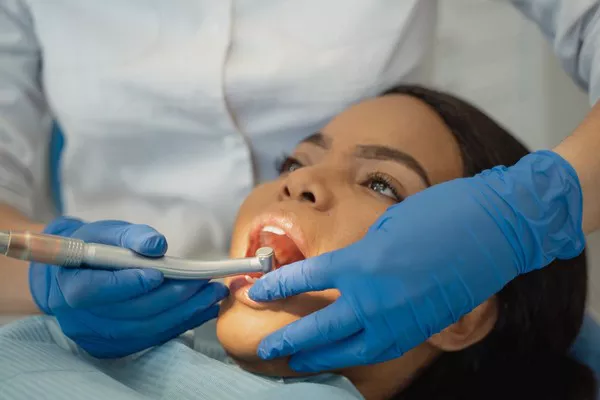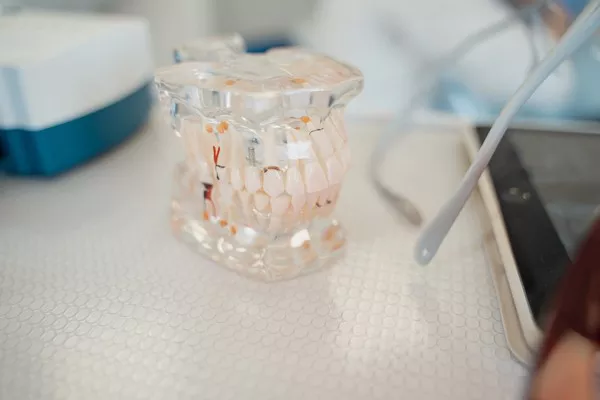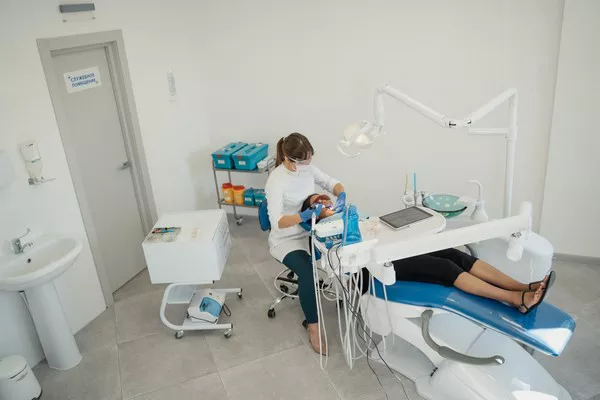In modern dentistry, hydrogen peroxide has gained considerable recognition as a valuable tool for maintaining oral health and achieving a brighter smile. The controlled use of hydrogen peroxide helps dental professionals effectively address various dental concerns, from teeth whitening to periodontal therapy. This article aims to explore the percentage of hydrogen peroxide commonly used by dentists and the associated benefits. By understanding the concentration levels and their applications, patients can have better insights into the procedures performed during dental visits.
What is Hydrogen Peroxide?
Hydrogen peroxide (H2O2) is a chemical compound composed of two hydrogen atoms and two oxygen atoms. It is a pale blue liquid with a slightly acidic nature. Due to its oxidizing properties, hydrogen peroxide exhibits antimicrobial and bleaching effects, making it a versatile substance in dentistry.
Concentrations of Hydrogen Peroxide Used in Dentistry
Dentists utilize hydrogen peroxide in various concentrations based on the specific treatment goals. Commonly, dental practices employ two major concentrations: low concentration (3% – 10%) and high concentration (30% – 35%).
Low Concentration (3% – 10%):
Low-concentration hydrogen peroxide solutions are typically used for home-based treatments such as over-the-counter (OTC) whitening products and mouthwashes. These diluted concentrations are considered safe for regular use and offer gradual improvements in tooth color without causing significant sensitivity or enamel damage.
High Concentration (30% – 35%):
High-concentration hydrogen peroxide solutions are mainly utilized in professional dental settings for more intense procedures like in-office teeth whitening or periodontal therapy. These concentrations are carefully applied by experienced dental professionals to achieve rapid and noticeable results.
Benefits of Hydrogen Peroxide in Dentistry
The controlled use of hydrogen peroxide in dentistry offers numerous benefits, contributing to both oral health and aesthetic improvements. Here are some key advantages:
Teeth Whitening:
Hydrogen peroxide effectively removes extrinsic and intrinsic stains from the tooth surfaces, resulting in a brighter, more radiant smile. The bleaching process breaks down the chromogens responsible for discoloration, enhancing the tooth shade without causing harm to the enamel.
Anti-microbial Effects:
Hydrogen peroxide exhibits potent antimicrobial properties, making it an essential tool in managing oral infections like gingivitis and periodontitis. It can effectively kill bacteria, fungi, and viruses present in the oral cavity, reducing the risk of various oral diseases.
Wound Healing:
In certain dental procedures, such as root canal treatment or tooth extraction, hydrogen peroxide is used as an irrigation solution to cleanse the surgical site. Its antimicrobial action prevents infection and supports the healing process.
Gingival Health:
Hydrogen peroxide can be used as an adjunctive therapy in gum disease management. When applied topically, it helps reduce inflammation, control bacterial growth, and promote gum tissue healing.
Economical Treatment Option:
Compared to other dental treatment modalities, hydrogen peroxide-based procedures like teeth whitening offer a cost-effective solution for patients seeking cosmetic enhancements.
What strength of hydrogen peroxide do dentists use?
Dentists commonly use hydrogen peroxide in two major concentrations: low concentration and high concentration.
Low Concentration (3% – 10%):
Low-concentration hydrogen peroxide solutions, typically ranging from 3% to 10%, are commonly used by dentists for various purposes. This concentration is often employed in at-home treatments such as over-the-counter (OTC) whitening products and mouthwashes. Low-concentration hydrogen peroxide is considered safe for regular use and offers gradual improvements in tooth color without causing significant sensitivity or enamel damage. Patients can utilize these products under the guidance of dental professionals or as recommended on the packaging instructions.
High Concentration (30% – 35%):
In professional dental settings, dentists may use higher concentrations of hydrogen peroxide, typically ranging from 30% to 35%. These higher concentrations are mainly utilized for more intense procedures like in-office teeth whitening or periodontal therapy. The application of high-concentration hydrogen peroxide requires skill and precision, which is why it is performed by experienced dental professionals. These concentrated solutions can achieve rapid and noticeable results, but they should only be used under professional supervision to ensure safety and minimize the risk of adverse effects.
It’s important to note that the specific concentration of hydrogen peroxide used by dentists may vary depending on the treatment goals and individual patient circumstances. Dental professionals carefully assess each patient’s oral health condition and tailor the treatment plan accordingly, considering factors such as existing restorations, tooth sensitivity, and desired outcomes. Therefore, consulting with a dental professional is essential to determine the appropriate concentration of hydrogen peroxide for any dental procedure.
Conclusion
Hydrogen peroxide has become an integral component of modern dental practices, providing a range of benefits for patients. The concentration of hydrogen peroxide used varies depending on the treatment objectives, with low concentrations suitable for at-home use and higher concentrations reserved for professional treatments. As a patient, it is crucial to consult with a dental professional to determine the appropriate concentration and ensure safe usage. Understanding the applications of hydrogen peroxide in dentistry empowers individuals to make informed decisions regarding their oral health and treatment options, ultimately leading to healthier smiles and improved well-being.
Related Topics:





























